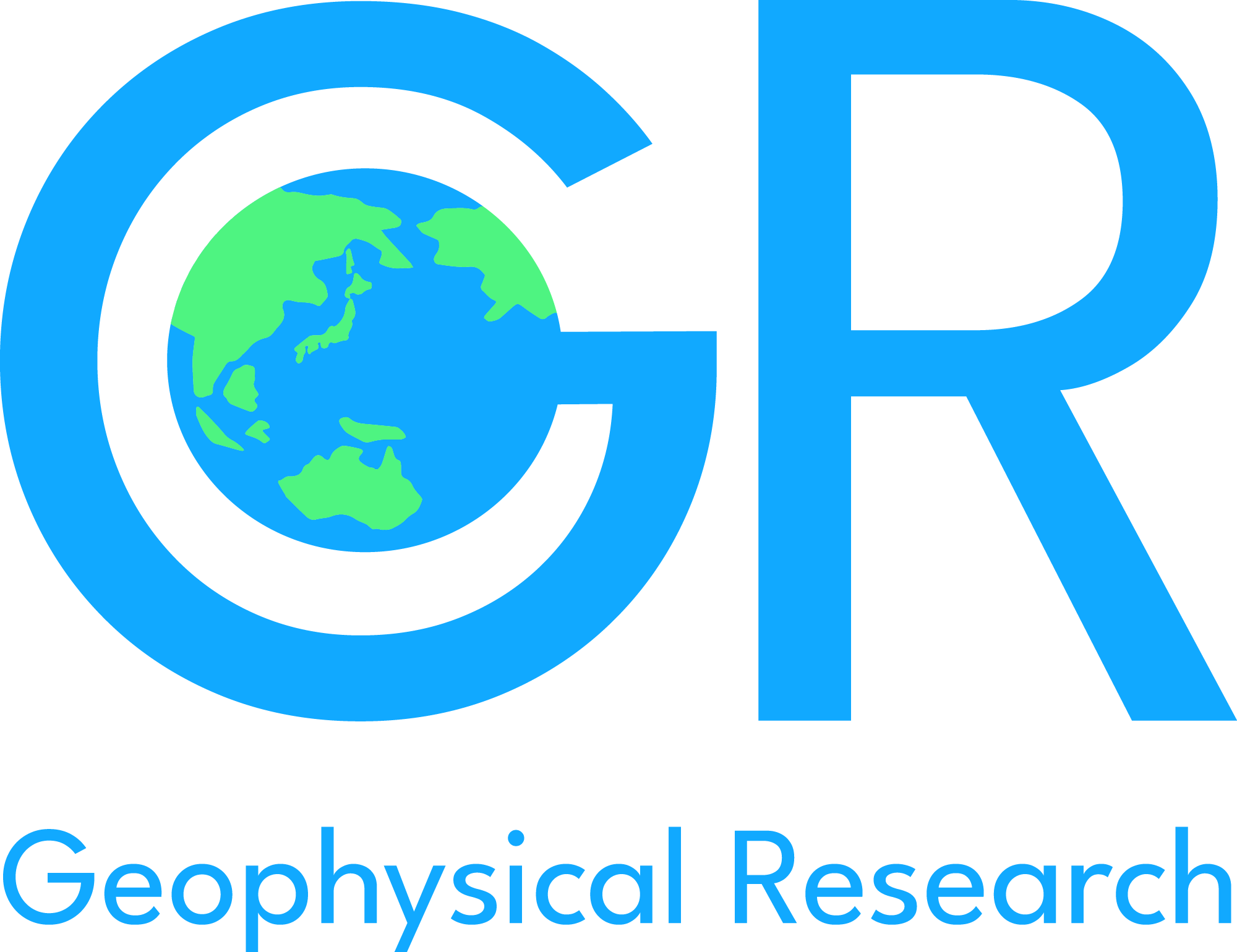Differential Cooling of a Freshwater Body below the Temperature of Maximum Density
Abstract
We propose a simplified model for the time rate of change of average basin temperature for a freshwater lake which has two connected basins: a shallow littoral zone of depth D1, and a deeper main basin of depth D2. This system is cooled below the temperature of maximum density (Tmd) with a constant and uniform outgoing surface heat flux, Ho. The differential cooling that is established via this set-up gives rise to an exchange flow between the two basins which we approximate as a time dependent heat flux controlled by the strength of the time dependent density difference between the two basins.
Our model is a coupled system of two ordinary differential equations which allows for a process based investigation into the importance of exchange on the timing of ice-onset for a lake with a shallow littoral zone. While basin geometry plays a role in the overall timing of ice-onset for the system, it is the relative strength of Ho to the exchange flow related heat flux due to the density anomaly of fresh water, ρ*, which dictates the behaviour of the cooling system. We show that at sufficiently large values of the heat flux ratio, Φ, the difference in timing of ice onset between the littoral zone and main basin becomes insensitive to the initial conditions in the lake. We use data from Base Mine Lake, Canada, to both verify our model assumptions and evaluate the predictions made by our simple model.
Keywords: Differential Cooling, Temperature of Maximum Density, Exchange Flow
How to Cite:
Everard, K. A., Tedford, E., Laval, B. E., Parlange, M. B. & Lawrence, G. A., (2025) “Differential Cooling of a Freshwater Body below the Temperature of Maximum Density”, ARC Geophysical Research (1), 3. doi: https://doi.org/10.5149/ARC-GR.1338
Downloads:
Download PDF
View PDF
Funding
- Name
- Natural Sciences and Engineering Research Council of Canada
- Name
- Syncrude Canada
741 Views
196 Downloads
